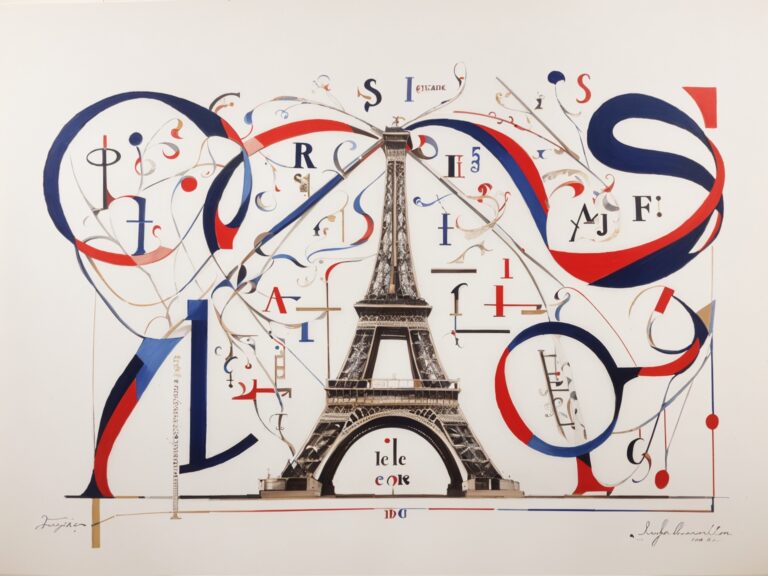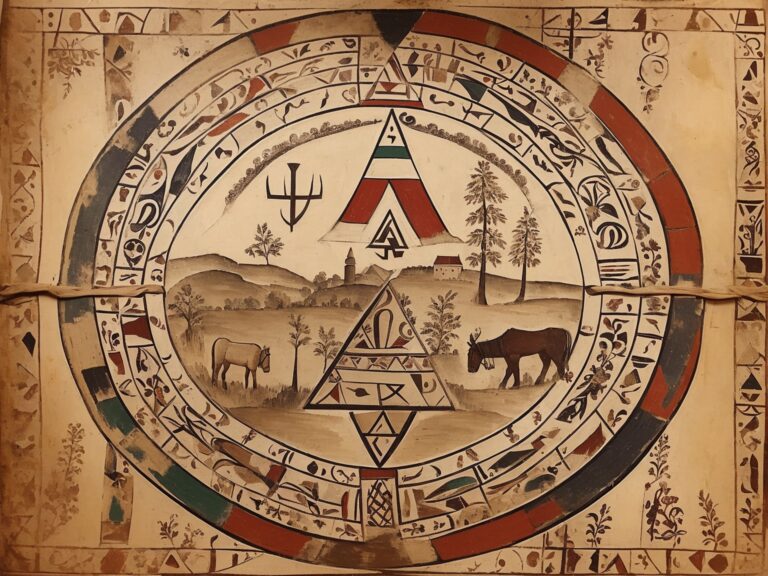- Language Stories: The Great ‘Eskimo Snow Words’ Debate
- Language Stories: The Great Emu War of Languages
- Language Stories: “Up With This, I Will Not Put”
- Language Stories: Darwin and the Birth of Ethnolinguistics
- The Legend of Malintzin: From Language Mediator to Historical Icon
- The Curious Case of the Green Children of Woolpit
In the annals of history, there are tales so strange that they seem more like fiction than fact. One such story is the curious case of the Green Children of Woolpit, a medieval mystery with a linguistic twist that has left historians and linguists pondering for centuries.
Background
The village of Woolpit is located in Suffolk, England. It is an unassuming village with a rich history, but it’s most famously known for an unusual event that purportedly took place in the 12th century.
The Arrival of the Green Children
The story goes that one day, during the reign of King Stephen (1135-1154), villagers were out reaping their fields when they discovered two children — a brother and a sister — at the mouth of one of the wolf pits for which the village was named. These weren’t ordinary children: their skin was green, their clothes were made of unfamiliar materials, and they spoke an unknown language that no one could comprehend.
Taken into the care of the villagers, the children refused all food for several days until they stumbled upon some green beans, which they consumed with great enthusiasm. Over time, the children learned to eat other foods, and as their diets varied, their green skin began to fade, becoming as pale and normal as the locals.
Tragically, the boy grew despondent and eventually died. But the girl adjusted to her new life, learning to speak English. And when she did, she had a fascinating story to tell.
A World Beneath Our Feet?
As she learned English and began to communicate, the girl explained that she and her brother came from a land where the sun never shone brightly but was always twilight. This place was called ‘St. Martin’s Land’ and, as she described, everything there was green, just like them. They were tending to their father’s cattle when they heard the sound of bells. Curious, they followed the sound and found themselves in Woolpit, disoriented and scared.
Linguistic Curiosities
The story of the Green Children poses a multitude of questions, with language being at the forefront. How could these children speak a tongue that was so alien to the villagers of 12th century England? Did they fabricate a language as a form of self-defense? Or did they genuinely come from a place where such a language was spoken?
Linguists and historians have posed several theories over the centuries:
- Alien or Otherworldly Origin: Some posit that the children’s language (and their green hue) suggest an extraterrestrial or otherworldly origin. However, there’s a consensus among scientists that such an explanation is improbable.
- Flemish Origin: It’s suggested that the children were the offspring of Flemish immigrants who settled in the region. Following a known historical revolt, many were killed, leaving children orphaned. The unfamiliar language the children spoke could have been Old Flemish, unintelligible to the local villagers. Their green hue might result from malnutrition or a condition called hypochromic anemia.
- The ‘Twilight’ World: Linguistically, the idea that the children described their homeland as one of perpetual twilight could be an allegorical reference to a place of ignorance or isolation.
- Romanticization of a True Event: It’s possible that while the core story is rooted in truth, over time and retelling, it became romanticized, incorporating elements of folklore and myth, making the linguistic and other elements of the story more fantastical than they originally were.
The Legacy of the Green Children
The Green Children of Woolpit is a tale that has endured for almost a millennium. Their story has been the subject of numerous books, articles, plays, and even operas. The tale also offers an exploration into the realm of language and its profound importance in defining our identities, cultures, and histories.

Language isn’t just a means of communication; it’s a bridge between worlds, whether they’re separated by oceans, mountains, or even the vastness of time. The story of the Green Children beautifully encapsulates the magic and mystery of language, reminding us of the power of communication, the importance of understanding, and the eternal human fascination with the unknown.
In the modern era, as we encounter languages and cultures from around the globe, stories like this one remind us of the magic and mystery that can come from understanding and connection. The Green Children of Woolpit will likely remain a mystery, but their legacy serves as a beacon for the power of language and the profound connections it can forge.








